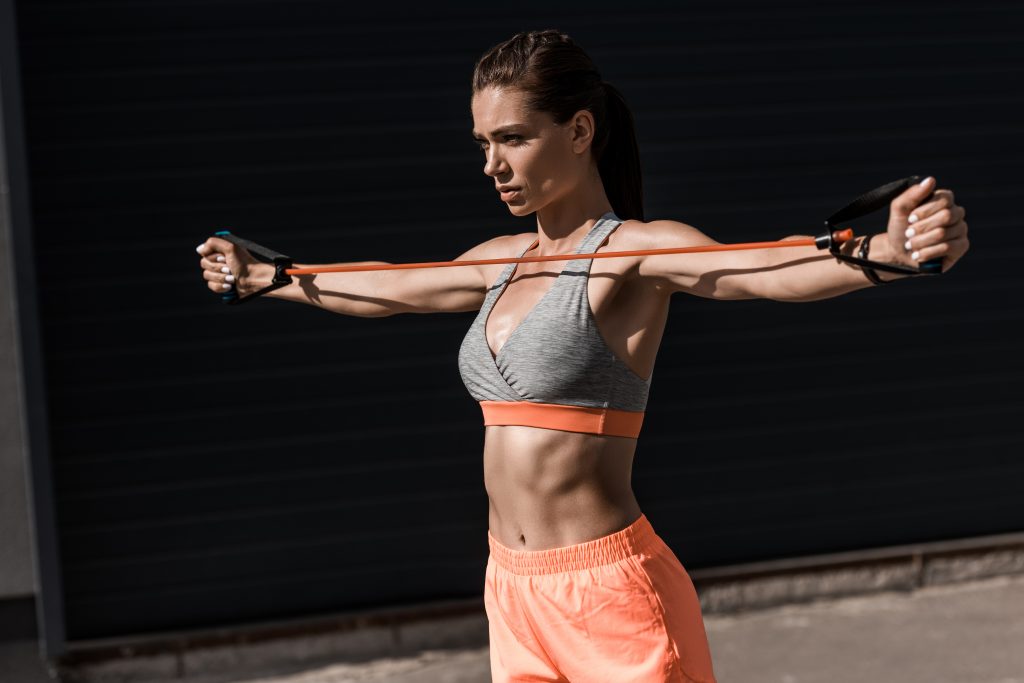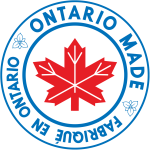Why Combine Brown Rice and Pea Protein Powders?
- BARE Creations
- August 17, 2022
- 1:10 pm
- No Comments

We need protein to get all the muscle building amino acids and the easiest way to get it is to eat animal sources of protein, like chicken, fish, eggs, or whey protein.
But if you can’t or choose not to get your protein from those sources you can still build muscle. All you need to do is a slight is look at alternative sources of protein.
One option is to combine various sources of plant proteins to get a wider array of amino acids in your diet.
That’s why we decided to use two high quality plant protein sources – pea and rice. Pea protein is derived and extracted in powder form from yellow and green split peas.
Pea protein is a great option because it is not derived from the 8 major allergens (milk, eggs, peanuts, tree nuts, soy, fish, shellfish, and wheat). But peas are not a complete protein source, meaning they are missing at least one essential amino acid from their protein profile. So, you would need to combine pea protein with another plant protein source to make a complete protein profile.
Studies have suggested that pea protein has antioxidant, antihypertensive, and anti-inflammatory properties, and may even help to lower cholesterol. The mild flavour of Pea protein makes it a versatile source of protein.
Brown rice protein powder is derived from sprouted brown rice, where the rice is treated with enzymes that cause the carbohydrates and protein to separate.
Similar to pea protein, rice protein is not derived from any of the eight major food allergens. It contains all the essential amino acids. But it is too low in lysine to be considered a complete protein. Rice protein is easily digestible, dairy-free, and hypoallergenic, and vegan friendly.
Plant proteins vary widely in their amino acid profiles. They may individually lack amino acids that you’d need for muscle growth and recovery. But when you combine the right plant proteins together, you might end up with a complete protein.
What is a complete protein?
Amino acids are the building blocks that make up the structure of a protein. There are 20 amino acids present in proteins; nine are considered essential, meaning the body does not produce them on its own and we have to get them from food.
The 9 amino acids we must get from our diet are:
- Leucine
- Valine
- Isoleucine
- Histidine
- Lysine
- Methionine
- Threonine
- Tryptophan
- Phenylalanine
The other 11 amino acids are called non-essential amino acids, meaning that they are naturally produced by the body, and you do not need to get them from your diet.
How to get complete proteins on a plant-based diet?
Some plant foods like beans, peas, and lentils contain adequate amounts of protein, but they may lack essential amino acids to be considered as a complete protein. This makes it more difficult to get an adequate source of high-quality protein. But a well-planned diet can make sure you are getting an adequate amount of protein.
The combination of different plant foods such as beans and rice can have a complementary effect that makes a complete protein if you’re not eating animal sources of protein.
So why do we need protein?
It is important to know the role protein plays in muscle building and recovery.
Dietary protein intake stimulates muscle repair after a workout and helps to build muscle, which is also known as muscle protein synthesis. All amino acids are required for protein synthesis, which makes it important to be mindful of combining different proteins if you are on a plant-based diet.
Combining pea and rice proteins
Combining pea and rice proteins makes up a more balanced amino acid composition.
Pea protein lacks methionine but contains adequate lysine. Brown rice protein is the opposite. It contains high amounts of methionine but not enough lysine.
When combined, they help fill in each other’s gaps to form a complete protein.
 FREE SHIPPING WITHIN CANADA ON ORDERS OVER $35
FREE SHIPPING WITHIN CANADA ON ORDERS OVER $35
